Rajshahi, June 26 (V7N)- According to the Bengali calendar, this is the peak of the monsoon season. However, even in mid-Asharh, there has been no significant rainfall in Rajshahi. Due to the impact of Cyclone Mocha, there was a day of moderate rain, but since then, the region has been experiencing continuous dry spells.
The occasional light showers have been insufficient. This prolonged dry spell has caused significant difficulties for farmers in the agriculturally dominant Rajshahi district, particularly those cultivating Aush rice. Despite starting rice cultivation nearly two months ago, farmers have only managed to plant Aush seedlings on just over half the target acreage.
Farmers says, that those who have planted seedlings are relying on shallow machines or deep tube wells for irrigation due to the lack of rain. Additionally, the Aman rice planting season is approaching, requiring irrigation to prepare seedbeds. This situation not only increases costs but also raises concerns about the proper growth of rice seedlings.
A visit to Godagari Upazila in Rajshahi revealed that the Sharmangla Canal is a primary source of irrigation for crops like Irri-Boro, Aush, and Aman rice. Under a project by the Barind Multipurpose Development Authority (BMDA), water is drawn from the Padma River and supplied to the canal through pipelines, from where farmers irrigate their fields using solar power. However, this year, the canal is dry, preventing farmers from starting rice cultivation on approximately 5,000 hectares of land.
Local farmer Abul Hossain said, "Due to the lack of water, I couldn’t cultivate rice on my 7 bighas of land last Boro season. Now, the Aush season is ending, but without water in the canal, I can't irrigate my fields or plant seedlings. Hundreds of farmers like me are unable to cultivate rice because there’s no rain even in the monsoon season. If there were water in the canal, we could irrigate and plant rice."
Another farmer, Dilshad Hossain, said, "The BMDA can't pump water from the Padma River into the canal because the machine is broken. There’s no rain either. We are in extreme trouble. If we can't cultivate rice, how will we survive?"
Farmer Akkas Ali from Damkura in Poba said, "There has been no heavy rain in Rajshahi for several months. This situation is unprecedented. Without rain, how will we cultivate rice? Even in the monsoon season, we are facing a drought. Aush and Aman rice rely on rain. Normally, we don’t need to irrigate the fields. Now, we have to irrigate even to plant seedlings, which increases our expenses. Previously, we could cultivate Aush and Aman with minimal costs."
According to the Rajshahi Department of Agricultural Extension, this year's target for Aush rice cultivation in the district is set at 50,070 hectares. However, in the past two months, only a little over 31,000 hectares have been cultivated. The Aman rice planting season will begin in a month, but the lack of adequate rainfall in Rajshahi has delayed the preparation of Aman seedbeds.
Deputy Director of the Rajshahi Department of Agricultural Extension, Umme Salma, said, "This year, the amount of rainfall is significantly low, disrupting rice cultivation. Farmers who have planted Aush seedlings are advised to irrigate their fields to save the crops. The fields are parched due to the lack of rain. In this situation, the target for Aush cultivation may not be achieved."
END/V7N/RAR/DK/



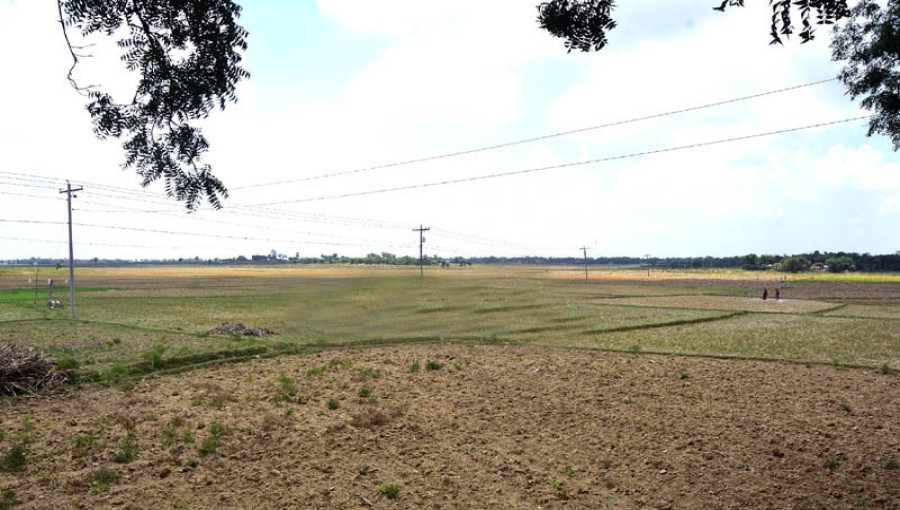
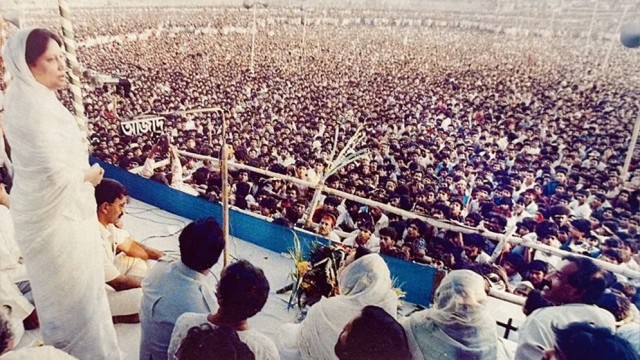
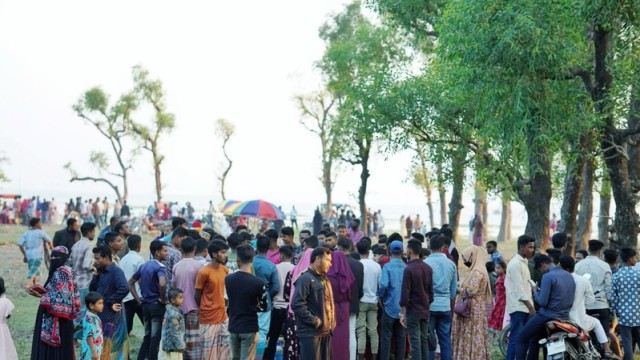

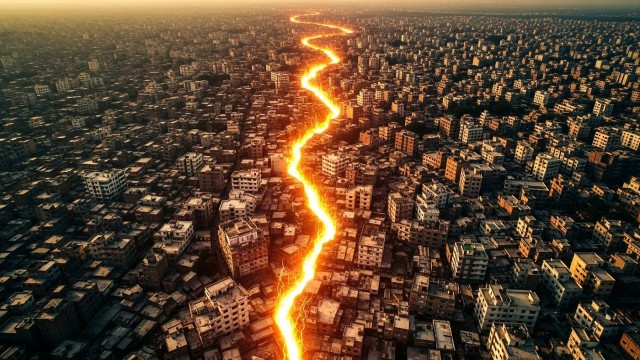
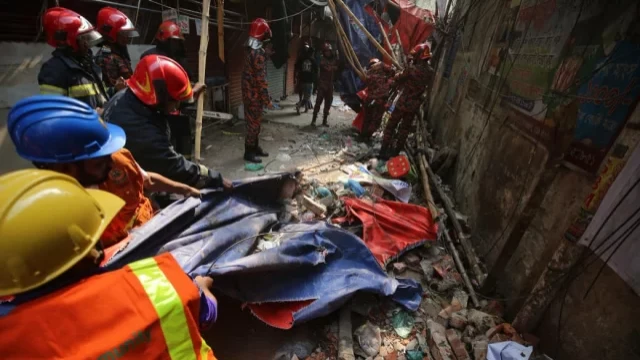
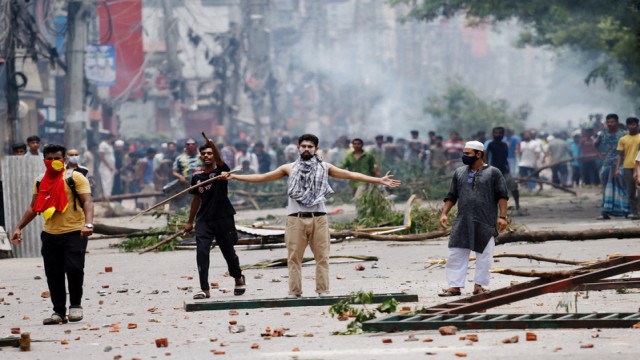
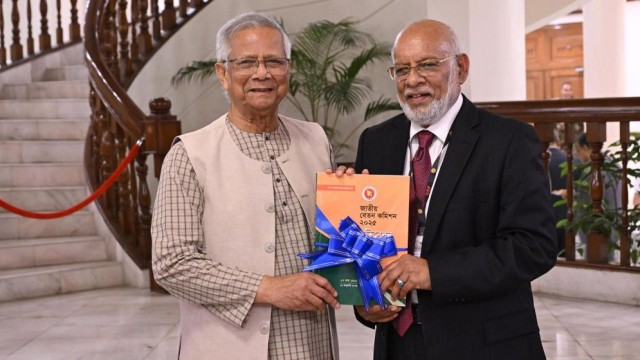



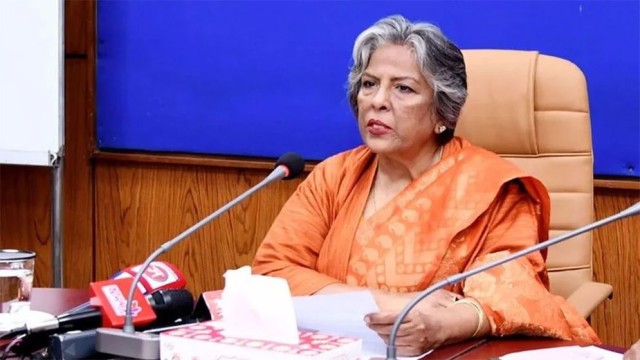
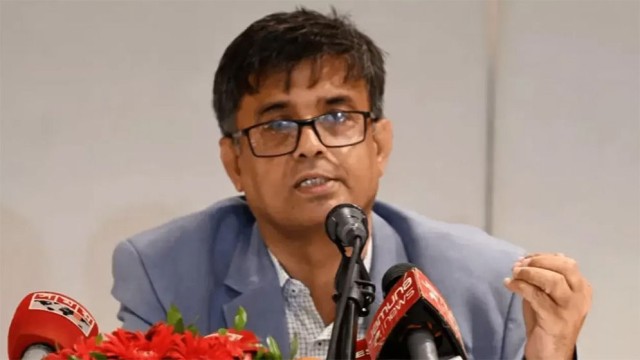

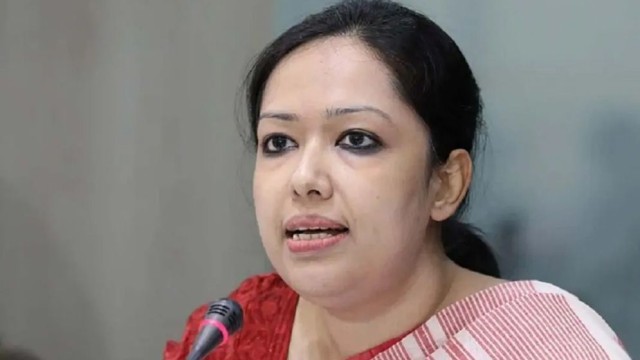
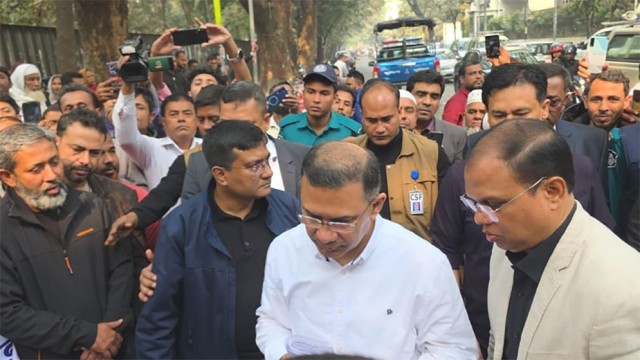
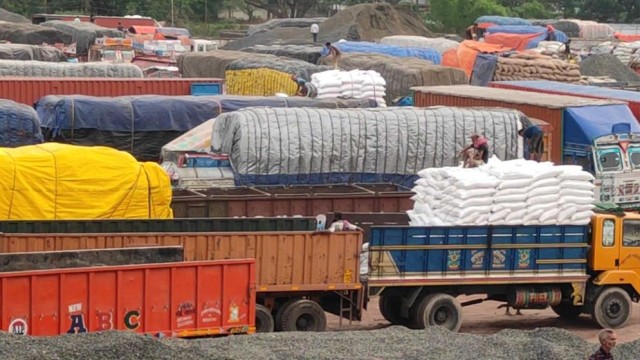





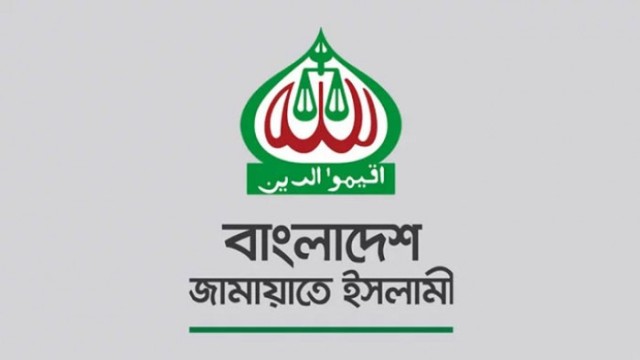

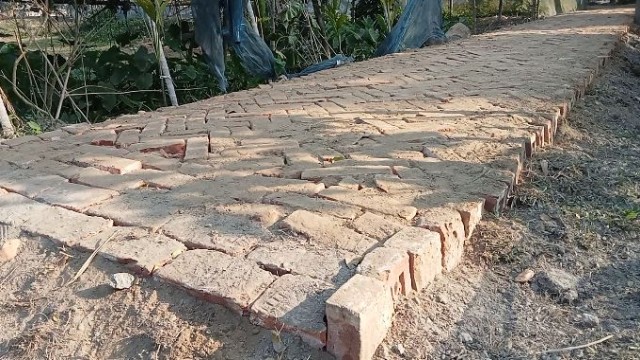



Comment: